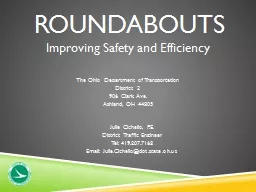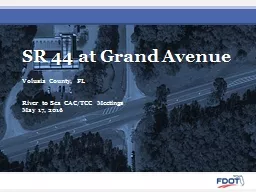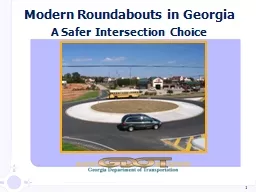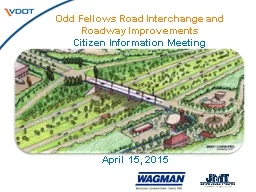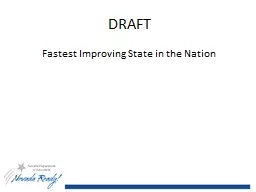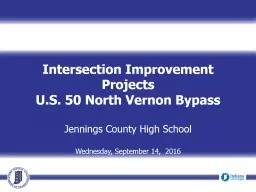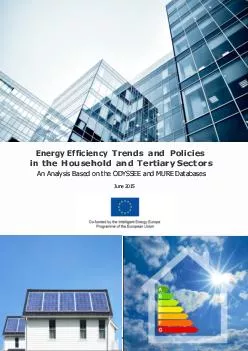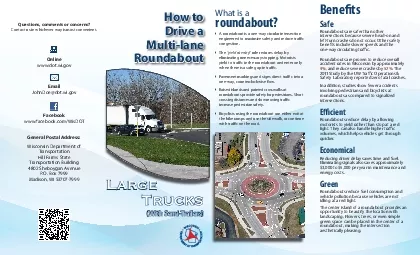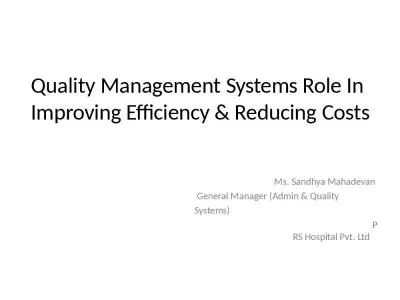PPT-ROUNDABOUTS Improving Safety and Efficiency
Author : celsa-spraggs | Published Date : 2019-06-22
The Ohio Department of Transportation District 3 906 Clark Ave Ashland OH 44805 Julie Cichello PE District Traffic Engineer Tel 4192077168 Email JulieCichellodotstateohus
Presentation Embed Code
Download Presentation
Download Presentation The PPT/PDF document "ROUNDABOUTS Improving Safety and Efficie..." is the property of its rightful owner. Permission is granted to download and print the materials on this website for personal, non-commercial use only, and to display it on your personal computer provided you do not modify the materials and that you retain all copyright notices contained in the materials. By downloading content from our website, you accept the terms of this agreement.
ROUNDABOUTS Improving Safety and Efficiency: Transcript
Download Rules Of Document
"ROUNDABOUTS Improving Safety and Efficiency"The content belongs to its owner. You may download and print it for personal use, without modification, and keep all copyright notices. By downloading, you agree to these terms.
Related Documents

